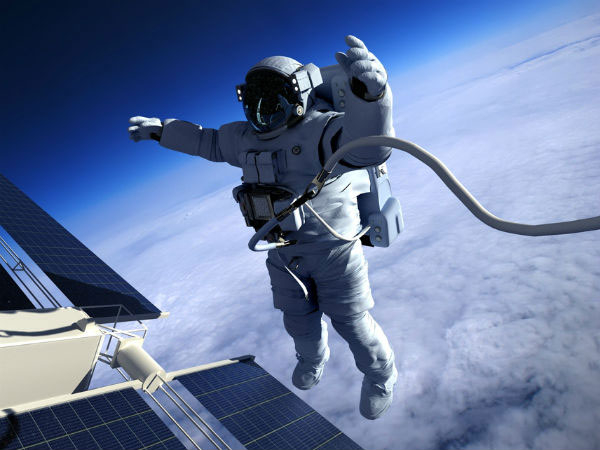Four men from the Indian Air Force have been selected to undergo training for India’s first human spaceflight mission, ISRO chief K Sivan said on Wednesday as he declared 2020 as the year of Gaganyaan and Chandrayaan-3.
Addressing a press conference at the ISRO headquarters here, Sivan said the four astronauts will undergo training in Russia from the third week of January, but did not reveal their names.
“Many systems will be tested before the flight, including human rating of the propulsion modules and the crew escape system,” Sivan said.
Sivan also officially announced the Chandrayaan-3 moon mission which is again set to tackle the tricky south pole of the moon. Set to cost around Rs 600 crore, Sivan said the sequel to the moon mission may take 14-16 months and will use a lander and rover configuration while relying on Chandrayaan-2’s orbiter.
Chandrayaan-2 mission was India’s first attempt to land on lunar surface. The ISRO had planned the landing on the south pole of the lunar surface. However, the lander Vikram hard-landed, resulting in heartbreak for the space agency and an entire nation glued to the thrilling mission. The one consolation was the functioning of the Chandrayaan orbiter.
“We made good progress in Chandrayaan-2, even though we could not land it. The orbiter can go for three years and produce data,” Sivan said.
The ISRO said the agency is also working on land acquisition to build a second space port and has zeroed in on 2500 acres of land near Thoothukudi in Tamil Nadu.
The year 2019 witnessed the ISRO touching the mark of 319-foreign satellite launches; deciding to go for another moon landing mission called Chandrayaan-3; setting up Human Space Flight Centre; starting the young scientist programme; signing agreement with Indian Air Force (IAF) to select and train Indian astronauts for the country’s manned mission.
However, the one jarring note in the success symphony was the crash landing of moon lander Vikram on the lunar surface.
On July 22, the Rs 375 crore, heavy lift GSLV-Mk III rocket slung the Rs 603 crore, 3.8-tonne Chandrayaan-2 spacecraft in its intended earth parking orbit.
Everything went off well as regards the moon mission was concerned till the fateful early morning of September 7 when lander Vikram that was racing to set its foot on the moon crashed into lunar surface at a very great speed and broke into pieces.
While ISRO had said it had found Vikram’s debris on September 8 itself, it did not release any image in support. It was only recently a Chennai-based 33-year old mechanical engineer, Shanmuga Subramanian, spotted the Vikram debris on the pictures released by US space agency NASA.
Congratulating Subramanian, Sivan said, “We must appreciate the effort he put in.”
Asked why ISRO did not release visuals of the crash site earlier, Sivan attributed it to “strategy”. “ISRO is very, very transparent. We announced this as soon as we located it.”
Sivan also denied speculation of pressure from the government after Chandrayaan-2’s failed landing, adding that ISRO is trying to improve its own tech for landing.
Commenting on the famous image of being consoled by Prime Minister Narendra Modi the morning after Chandrayaan-2 lander crashed, Sivan said, “Nothing transpired. It was an emotional moment; two persons emotionally moved. It consoled us. There was no discussion or anything.”
Source: NE
Image Courtesy: One India
You may also like
-
New Heat-Based Approach To Cancer Treatment Can Reduce Chemotherapy Doses
-
Scientists Take A Major Step Towards Unification Of Classical & Quantum Gravity
-
India Graphene Engineering and Innovation Centre (IGEIC) Under the Vision of Viksit Bharat@2047 Launched
-
New High-Performance Gas Sensor can Monitor Low Level Nitrogen Oxides Pollution
-
Antidepressant Drug can be Repurposed for Treating Breast Cancer
